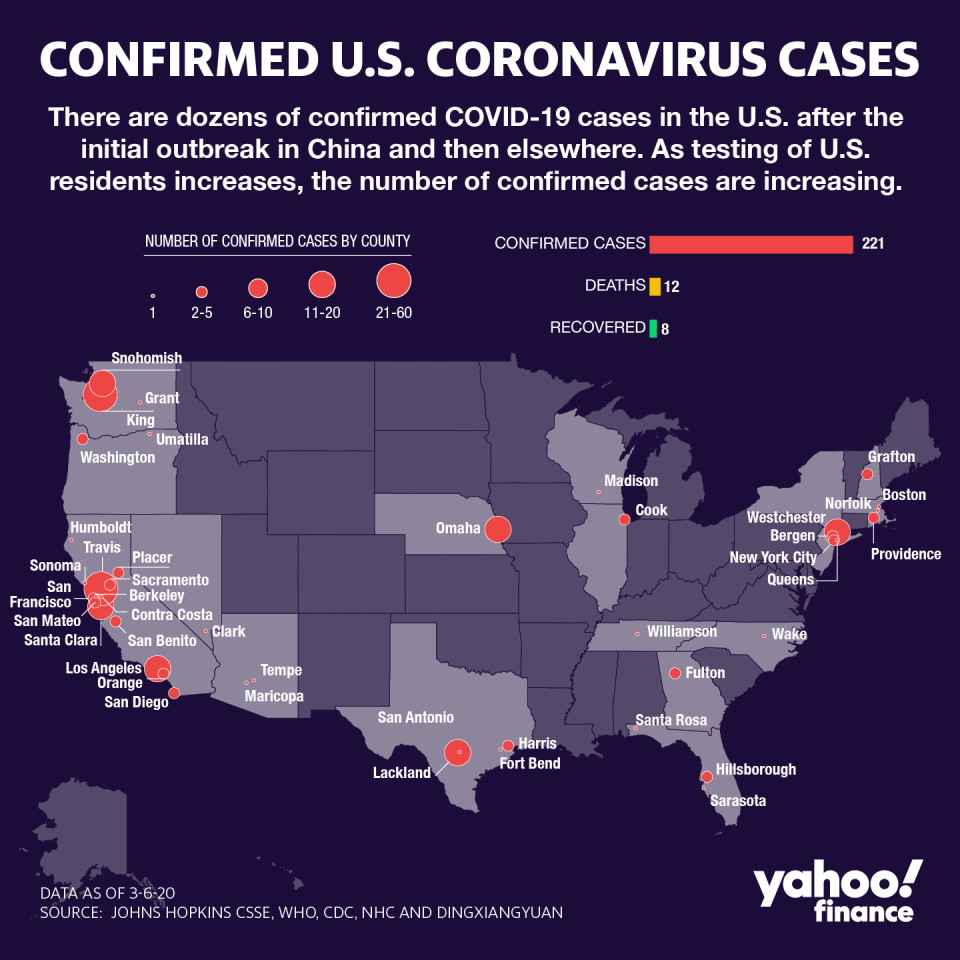Coronavirus response: Breaking down the $8.3 billion emergency spending bill Trump signed
U.S. President Donald Trump signed an $8.3 billion spending billon Friday that will help fund the U.S. response to the coronavirus outbreak.
As the president signed the bill, he told reporters: “I asked for two and a half and I got 8.3 [billion dollars] — and I’ll take it.”
Where the money will go
While it’s unclear where exactly the money will come from, here’s a breakdown of where the money’s going:
The bill includes more than $3 billion for research and development of vaccines, as well as more than $800 million for research for treatments.
More than $2 billion is slated for the Centers for Disease Control and Prevention, and $61 million to the U.S. Food and Drug Administration.
The U.S. Agency for International Development would receive more than $1 billion.
More than $1 billion will go to the state and local public heath efforts including community health centers and state and local governments.
It also authorizes roughly $500 million to allow for Medicare providers to administer telehealth services.
Other agencies

‘The American people are counting on our government’
The bill was introduced by Rep. Nita Lowey, the Democratic chairman of the House Committee on Appropriations.
"The American people are counting on our government for a fully funded, coordinated and comprehensive government-wide response to the coronavirus," she stated. "We must quickly enact this legislation — lives are at stake.”
The money is considered to be “emergency spending,” according to the bill, which means that it’s “exempt from discretionary spending limits.”
For example, half of Trump’s initial $2.5 billion request had proposed to use reallocated money, routed from existing Ebola virus response funds ($535 million) that were unused, and other existing programs.
But Democrats had then rejected that request, saying that existing money shouldn’t be used to fight the virus, instead pledging a funding package of their own.

There are more than 100,000 people across the world with the COVID-19 virus, according to a database maintained by Johns Hopkins.
240 cases have been reported in the U.S., and 14 deaths have been reported.
Most of the coronavirus cases in the U.S. are on the West Coast — in California, Oregon, and Washington state.
But the East Coast is closing the gap, with the total number of reported cases in New York state alone increasing to 33 as of Friday.

—
Anjalee Khemlani is a reporter at Yahoo Finance. Follow her on Twitter: @AnjKhem
Aarthi Swaminathan is a reporter for Yahoo Finance. Follow her on Twitter @aarthiswami.
Read more:
Follow Yahoo Finance on Twitter, Facebook, Instagram, Flipboard, SmartNews, LinkedIn, YouTube, and reddit.